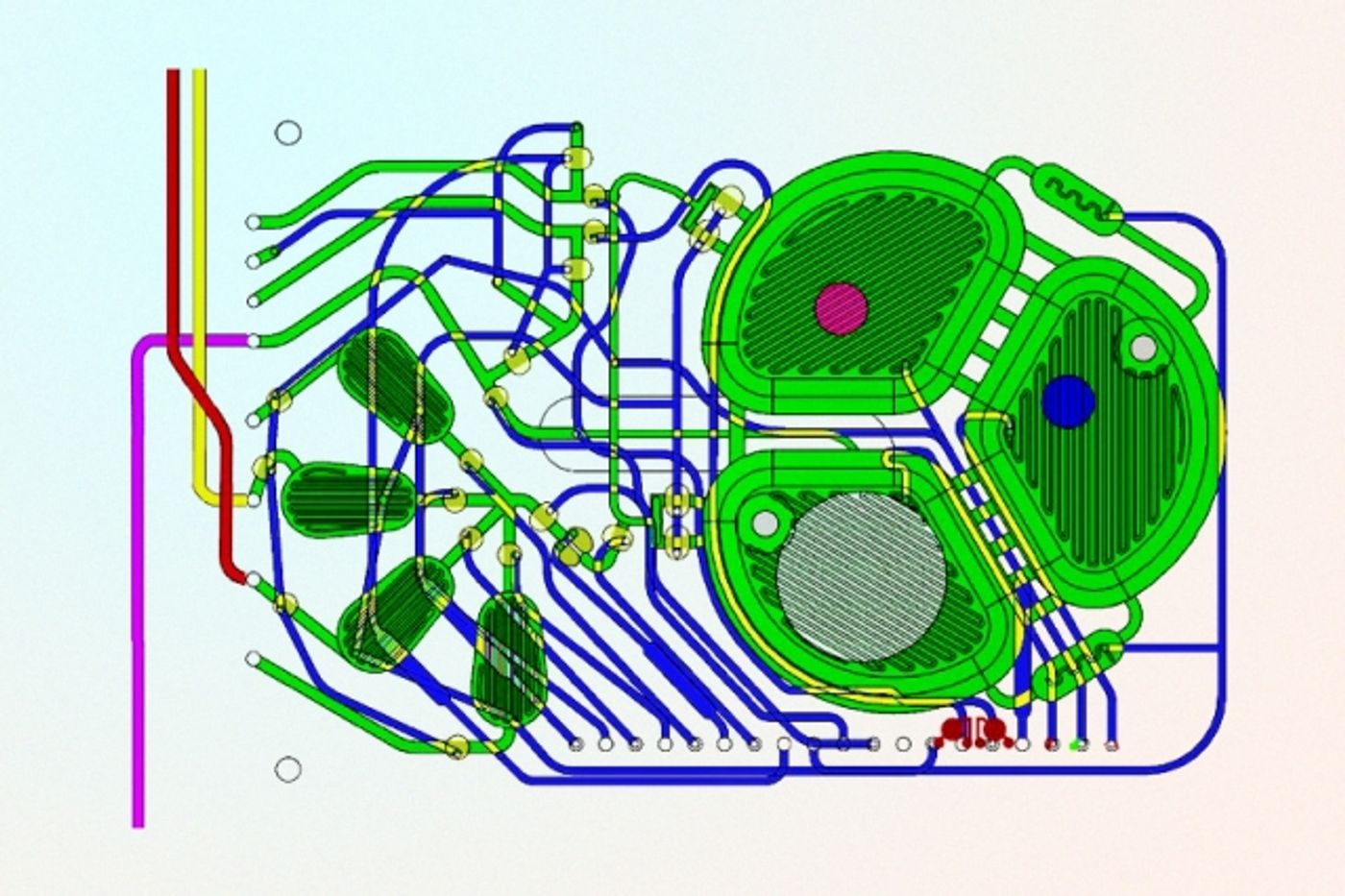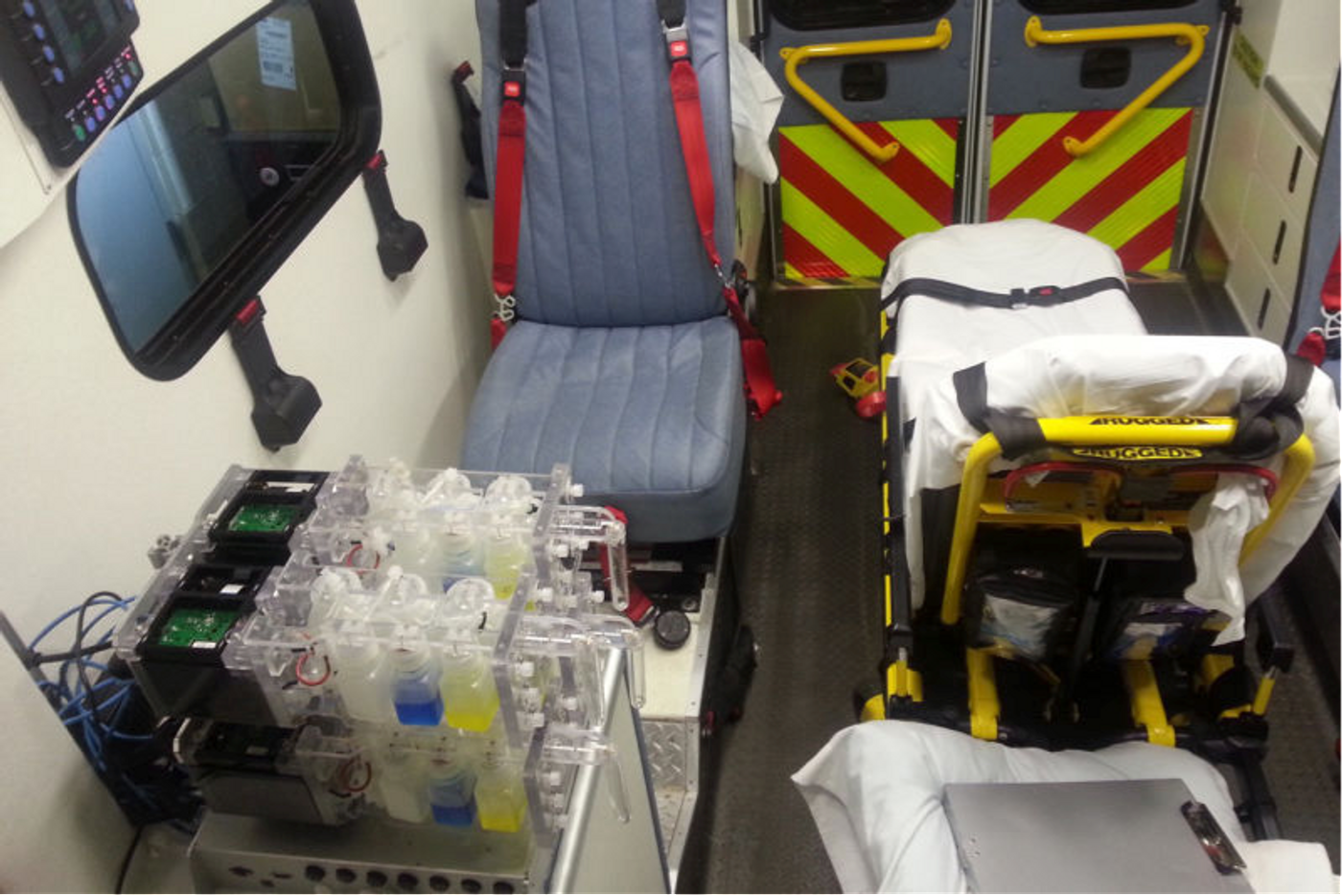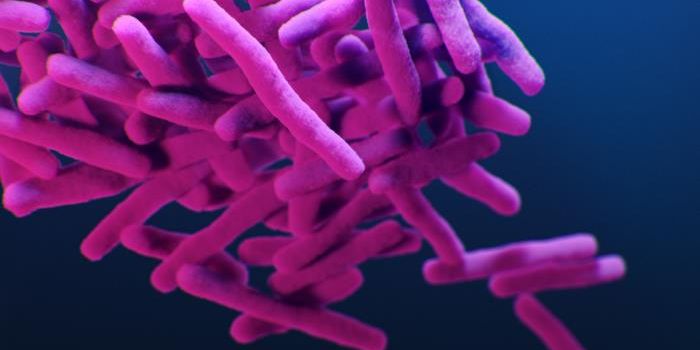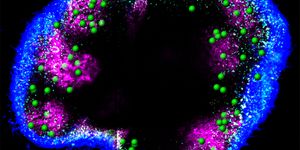When we need medicine, we hop down to the local drugstore or pharmacy and have our prescriptions filled. But what happens when doctors or emergency responders are in remote areas with limited time and limited access? Where’s their pharmacy?
MIT researchers tackled this problem by developing a portable unit that’s capable of producing drugs on demand. The concept is similar to another prototype that was developed by a group, also at MIT, earlier this year. However, the current portable pharmacy runs on yeast.
Yes, yeast. Specifically, yeast of the
Pichia pastoris strain.

In their paper, published in
Nature Communications, the team detailed how a small drop of yeast cells suspended in liquid can act as a bioreactor, manufacturing a single dose of a drug. “We altered the yeast so it could be more easily genetically modified, and could include more than one therapeutic in its repertoire,” said Timothy Lu, head of the Synthetic Biology Group at MIT’s Research Laboratory of Electronics, and senior author of the study.
The yeast is modified to express therapeutic proteins upon exposure to different chemical stimuli. These cells are also low maintenance in terms of food and care, but can express a large amount of proteins, making them ideal as natural bioreactors.
“Imagine you were on Mars or in a remote desert, without access to a full formulary, you could program the yeast to produce drugs on demand locally,” Lu said.

Of course using cells as bioreactors has been widely exploited by nearly every pharmaceutical company. The genius in Lu’s research lays in compressing the entire process into a microbioreactor that’s entirely portable and requires a tiny amount of cells. The magic involves a microfluidic chip that receives the chemical trigger and sends it to the yeast. Then, pressurized gas ensures the mixing process is efficient and complete.
“This makes sure that the one milliliter (of liquid) is homogenous, and that is important because diffusion at these small scales, where there is no turbulence, takes a surprisingly long time,” said Rajeev Ram, the MIT professor who developed the microfluidic chip, and senior co-author of the study.
Researchers monitor the environment of the cells at all time, and they can change what proteins the yeast are producing by flushing in new liquid with different chemical triggers. “You want to keep the cells because they are your factory,” said Ram. “But you also want to rapidly change their chemical environment, in order to change the trigger for protein production.”
Next, in addition to refining the system, the team is looking for even more capabilities for the microreactors. “If you could engineer a single strain, or maybe even a consortia of strains that grow together, to manufacture combinations of biologics or antibodies, that could be a very powerful way of producing these drugs at a reasonable cost,” said Lu.
Additional source:
MIT news release

 Of course using cells as bioreactors has been widely exploited by nearly every pharmaceutical company. The genius in Lu’s research lays in compressing the entire process into a microbioreactor that’s entirely portable and requires a tiny amount of cells. The magic involves a microfluidic chip that receives the chemical trigger and sends it to the yeast. Then, pressurized gas ensures the mixing process is efficient and complete.
Of course using cells as bioreactors has been widely exploited by nearly every pharmaceutical company. The genius in Lu’s research lays in compressing the entire process into a microbioreactor that’s entirely portable and requires a tiny amount of cells. The magic involves a microfluidic chip that receives the chemical trigger and sends it to the yeast. Then, pressurized gas ensures the mixing process is efficient and complete.







